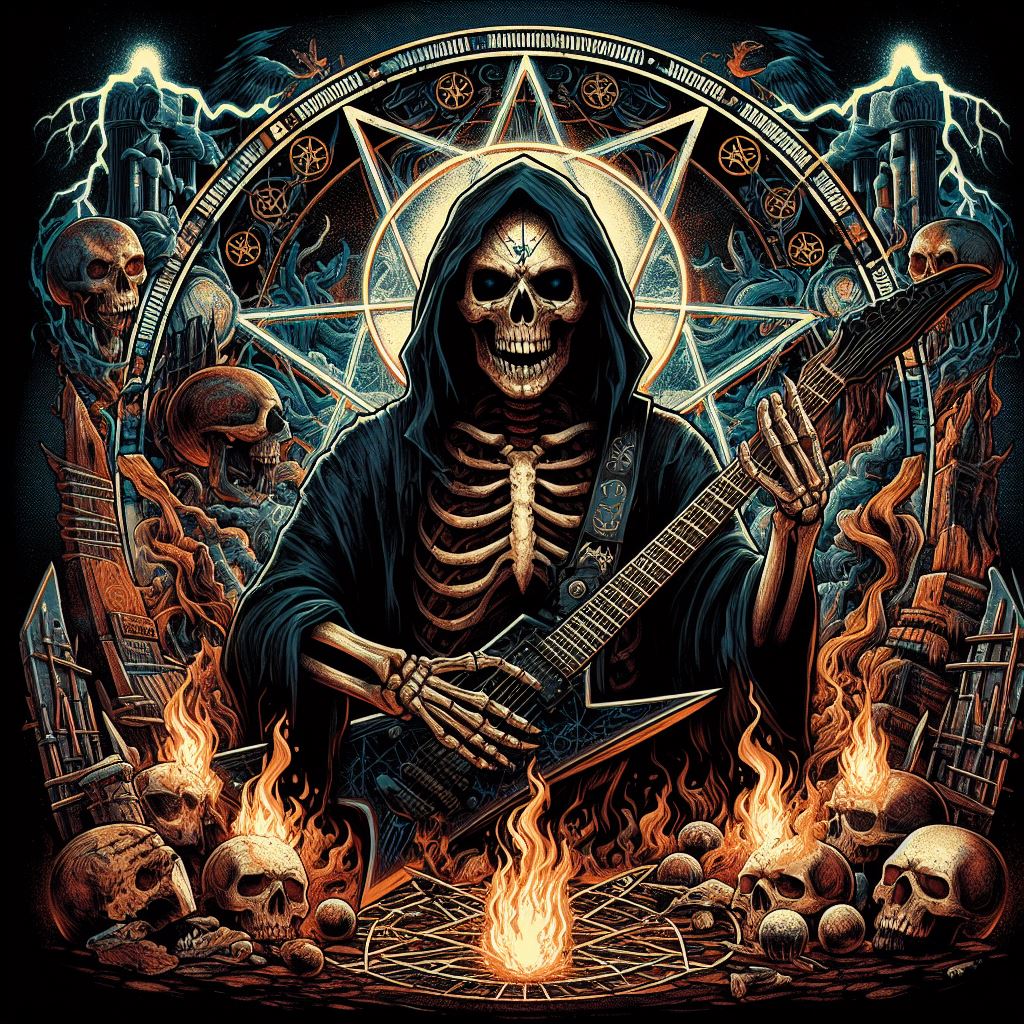Korn’s impact on the music scene is undeniable. Emerging from Bakersfield, California, in the early 90s, they weren’t just another metal band. Korn fused elements of groove metal, rap, and a raw, emotional intensity to create a sound that resonated with a generation grappling with angst and alienation. They are widely credited as pioneers of nu metal, a subgenre that dominated the charts in the late 90s and early 2000s.
The band’s roots trace back to L.A.P.D. (Later Apparently Proven Dopes), formed in 1993 by guitarist James “Munky” Shaffer, bassist Reginald “Fieldy” Arvizu, and drummer David Silveria. Seeking a vocalist with a unique style, they recruited Jonathan Davis, a former mortician with a powerful voice and a background in a band called Sexart. The addition of Brian “Head” Welch on guitar completed the lineup, and Korn was born.
Their early sound was a departure from the traditional metal scene. Davis’s vocals ranged from guttural screams to soulful singing, often laced with raw emotion. Munky and Head’s downtuned, heavily distorted guitars created a thick, grinding sound. Fieldy’s bass lines provided a low-end groove, and Silveria’s drumming combined powerful beats with innovative fills. This unique blend became their signature sound.
In 1993, they released their demo tape, “Neidermayer’s Mind,” which garnered attention from underground metal circles. Their self-titled debut album, simply called “Korn,” followed in 1994. It didn’t achieve immediate mainstream success, but tracks like “Blind” and “Freak on a Leash” resonated with a growing fanbase. The music videos, featuring dark imagery and social commentary, found a home on MTV’s alternative rock show “120 Minutes,” further expanding their reach.
Korn’s commercial breakthrough came with their sophomore album, “Life Is Peachy,” released in 1996. It debuted at No. 3 on the Billboard 200 chart, propelled by singles like “A.D.I.D.A.S.” and “Good God.” Their raw, emotional lyrics tackling themes of depression, abuse, and societal pressures resonated with a generation of disaffected youth. They became the voice of the “Angry Generation,” giving a voice to their struggles and anxieties.
The band continued their ascent with “Follow the Leader” (1998) and “Issues” (1999), both topping the Billboard 200 chart. These albums cemented their place as one of the biggest bands of the late 90s. Hits like “Freak on a Leash” (which even received a Grammy nomination for Best Metal Performance), “Got the Life,” and “Falling Away from Me” became staples of radio airplay and MTV rotation.
The new millennium saw Korn maintain their commercial success with albums like “Untouchables” (2002) and “Take a Look in the Mirror” (2003). However, internal struggles began to surface. In 2005, Brian Welch left the band due to religious beliefs and personal issues. Despite this, Korn continued to tour and release albums, though their sound evolved with each iteration.
The band has seen lineup changes over the years, with Ray Luzier replacing David Silveria on drums in 2007. Notably, Brian Welch rejoined Korn in 2013, marking a significant reunion for the band.
Korn’s legacy extends beyond album sales and chart success. They are considered pioneers of nu metal, influencing countless bands like Limp Bizkit, Slipknot, and Deftones. Their music video for “Freak on a Leash” is one of MTV’s most iconic videos, and their dark, introspective lyrics continue to resonate with fans today.
With over 40 million albums sold worldwide, Korn remains a force in the music industry. They continue to tour extensively, captivating audiences with their energetic live performances. Their influence on metal music and the broader cultural landscape is undeniable. Korn’s story is one of innovation, raw emotion, and staying true to their artistic vision. They are a testament to the power of music to connect with a generation and create a lasting impact.

Leave a Reply
You must be logged in to post a comment.